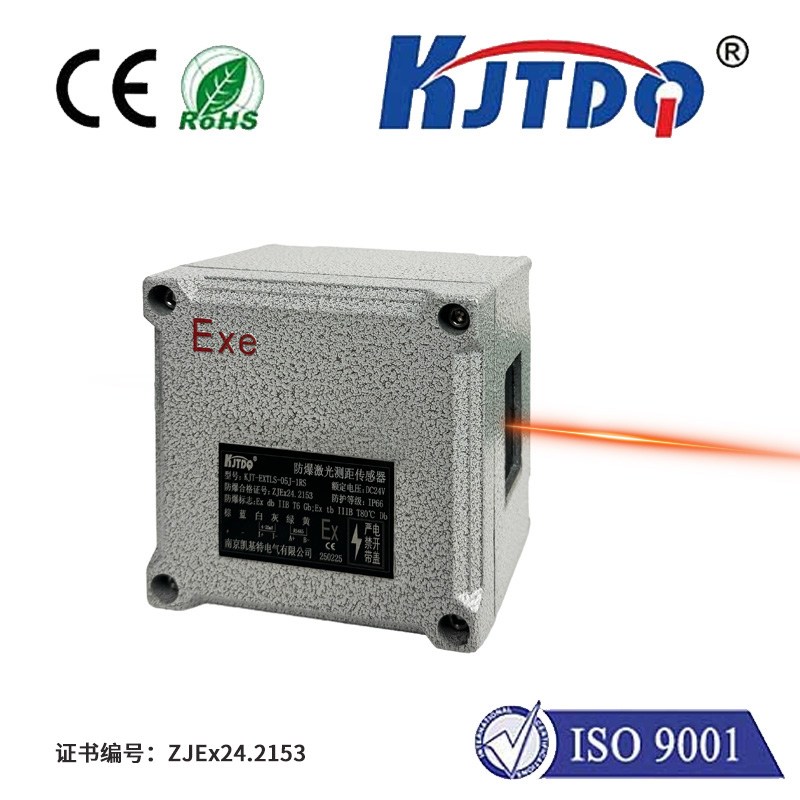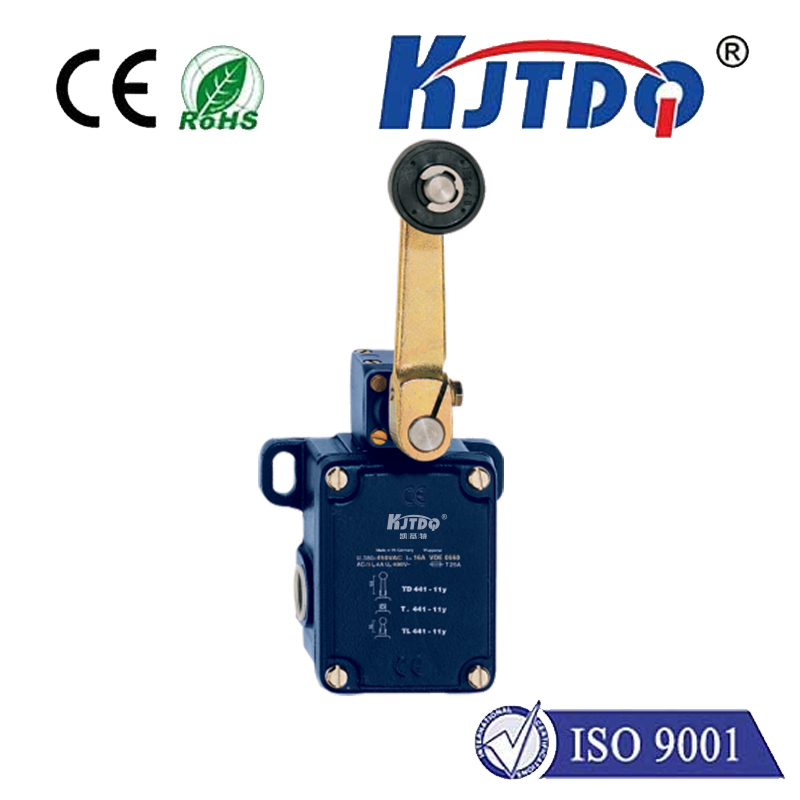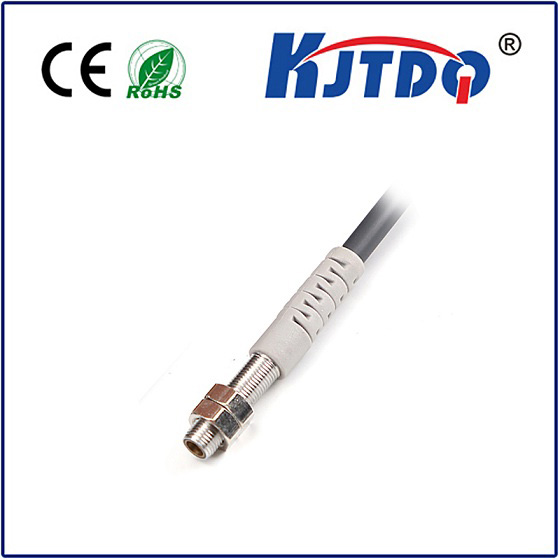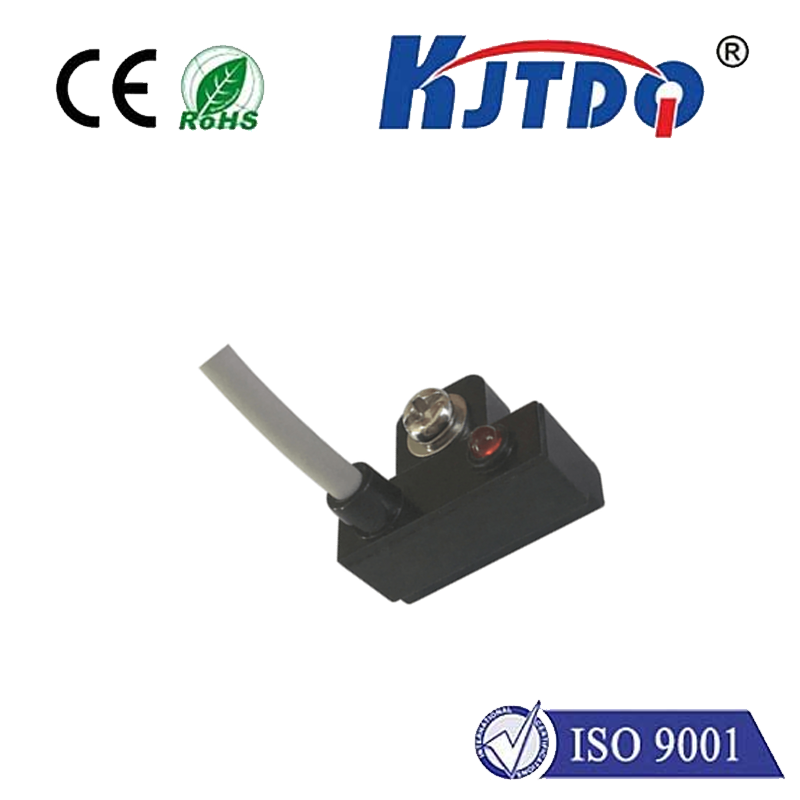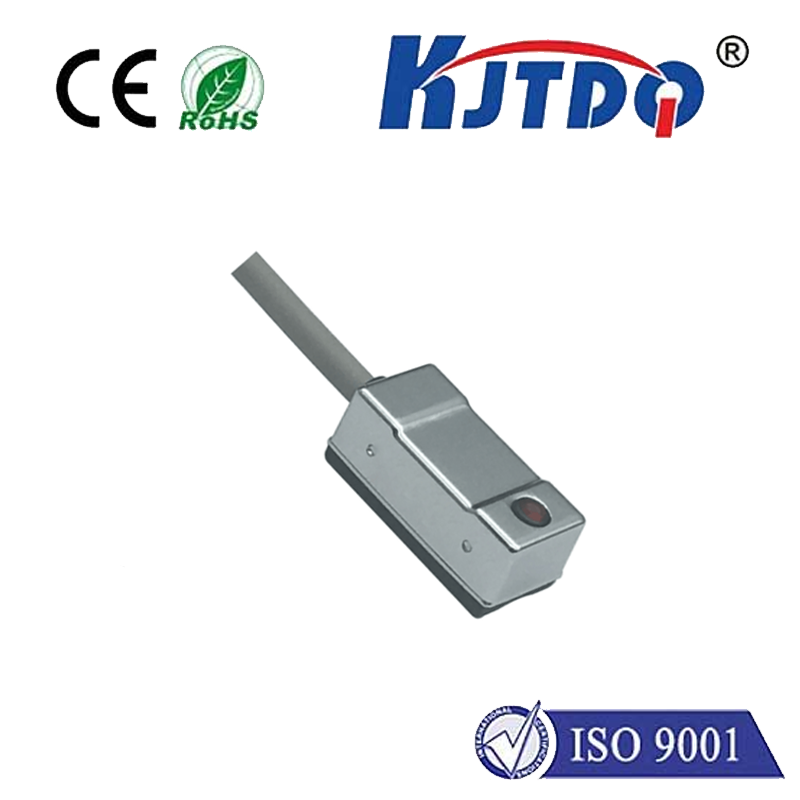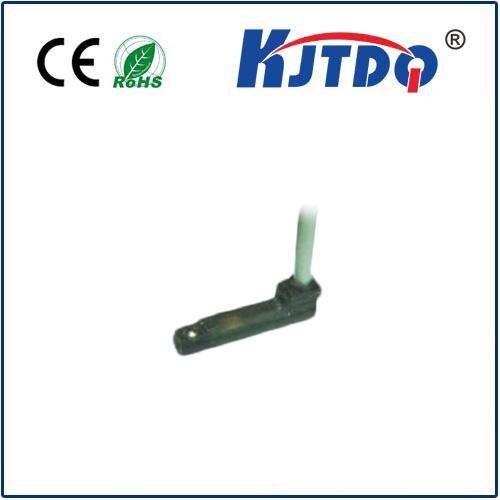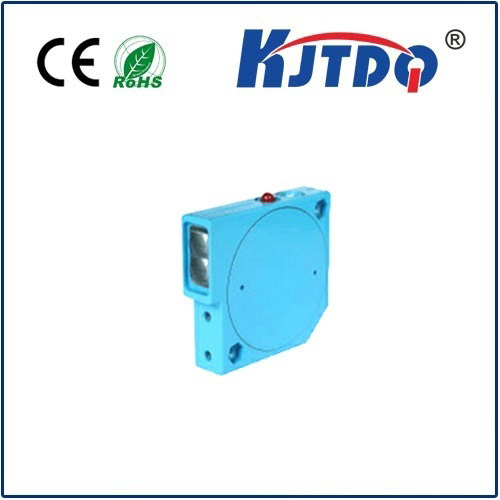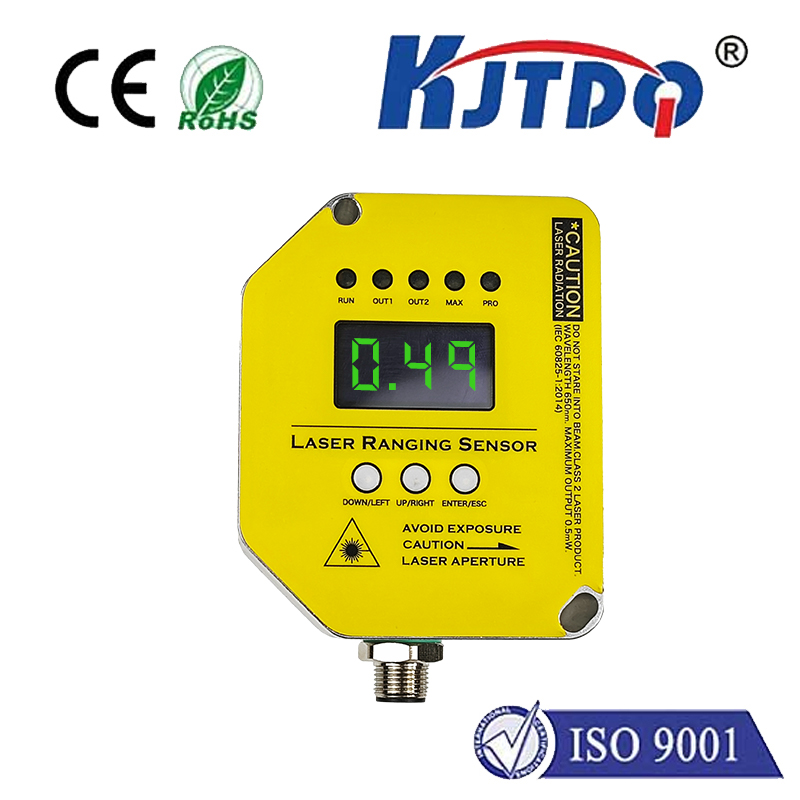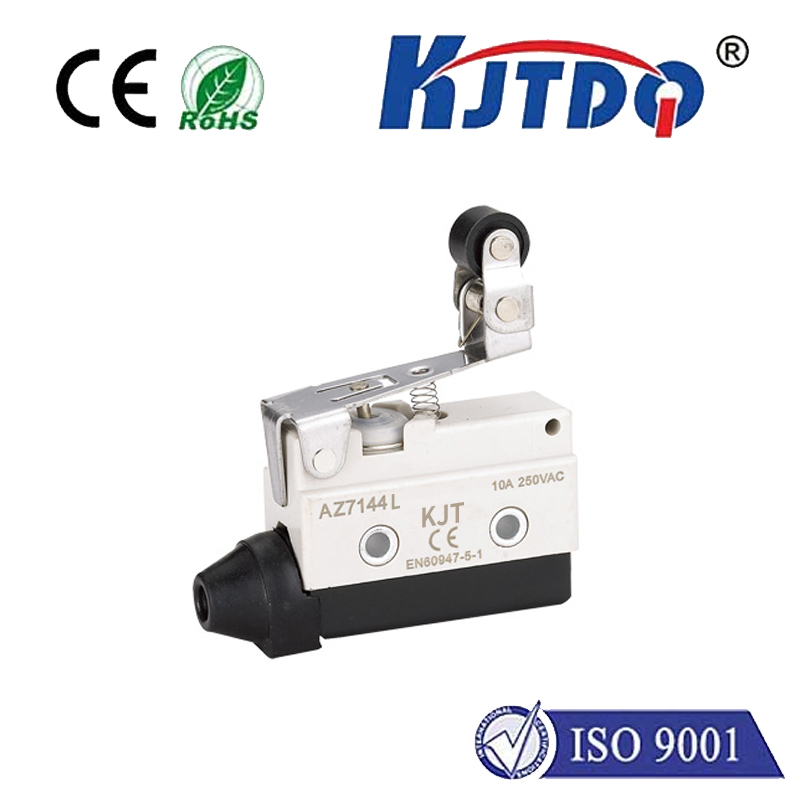

check

check

check

check
Imagine the intricate dance of a modern assembly line: robots welding with precision, conveyor belts moving smoothly, parts snapping together flawlessly. Behind this seamless operation lies an unseen orchestra of sensors, silently ensuring everything happens in the right place, at the right time. Among these critical components, proximity sensors play a starring role, acting as the eyes of the machine. And when reliability, robustness, and precision are non-negotiable, the BES03ZU inductive proximity sensor emerges as a compelling solution for demanding industrial environments.
At its core, a proximity sensor detects the presence or absence of an object within its sensing range without physical contact. This non-contact principle is fundamental. It eliminates wear and tear on both the sensor and the target, enabling high-speed operation, reducing maintenance costs, and ensuring longevity in applications where mechanical switches would quickly fail. Inductive proximity sensors, specifically, excel at detecting metallic objects. They generate an electromagnetic field; when a metal target enters this field, it induces eddy currents within the metal, causing a detectable change in the sensor’s internal oscillation. This change triggers the sensor’s output signal.
So, what sets the BES03ZU apart in this competitive landscape?
Unwavering Reliability in Harsh Conditions: Engineered for industrial rigor, the BES03ZU boasts impressive resilience. Its IP67 protection rating signifies complete defense against dust ingress and the ability to withstand temporary immersion in water. This makes it an ideal candidate for washdown environments, outdoor applications, or simply dusty factory floors where lesser sensors falter. Its construction ensures consistent performance despite vibration, shock, or challenging ambient conditions.

Compact Design, Significant Impact: Space is often at a premium in modern machinery. The inherently compact size of sensors like the BES03ZU allows for easy integration into tight spaces or densely packed control panels. This small footprint doesn’t compromise performance; it delivers robust sensing capability where larger units simply wouldn’t fit.
Precision Sensing for Demanding Tasks: The BES03ZU offers fixed sensing ranges, typically in millimeters (e.g., Sn: 4mm). This precision ensures accurate detection of metal components, crucial for positioning control, object counting, or verifying part presence in automated processes. Consistent and repeatable detection is its hallmark.
Simplified Installation and Operation: Featuring a standard 3-wire DC configuration (Brown: +V, Blue: 0V, Black: Signal Output), the BES03ZU aligns with common industrial control systems. Its plug-and-play nature (often using industry-standard M12 connectors) minimizes installation time and complexity. DC 3-wire sensors provide a clean switching signal directly compatible with PLCs and other controllers, simplifying the entire control loop.
Electromagnetic Compatibility (EMC): Industrial environments are electrically noisy. The BES03ZU is designed with robust EMC performance, minimizing susceptibility to interference from motors, solenoids, or welding equipment, and reducing the risk of causing interference itself. This ensures stable operation and prevents false triggering.
Here’s a breakdown of typical BES03ZU proximity sensor specifications:
The combination of durability, precision, and simplicity makes the BES03ZU proximity sensor indispensable across numerous sectors:
While other sensor types exist (capacitive, ultrasonic, photoelectric), the inductive BES03ZU offers distinct benefits for metal detection:
To maximize performance:
In the intricate world of industrial automation, the BES03ZU inductive proximity sensor stands as a testament to durable engineering and dependable performance. Its ability to provide accurate non-contact detection of metallic objects in challenging environments makes it far more than just a component; it’s a silent sentinel, ensuring processes run smoothly, safely, and efficiently. When you need detection you can count on shift after shift, day after day, integrating a solution like the BES03ZU is a strategic step towards optimized operational reliability.
